| BustedGear.com |
| Shop | Repairs | Manufacturers | Resources | iFAQs | About |
|
|
|||
| Korg® SV1 | 6: Key Guides & Contacts | ||
|---|---|---|---|
|
Last Page < |
Page Bottom ∨ |
Next Page > |
|
|
|
|||
|
After removing the sticking key from this SV-1 keybed, we discovered the bent key guide seen here. The purpose of the guide is to keep the key from moving sideways as it travels up and down. But the bent key guide was hindering the key's travel. |
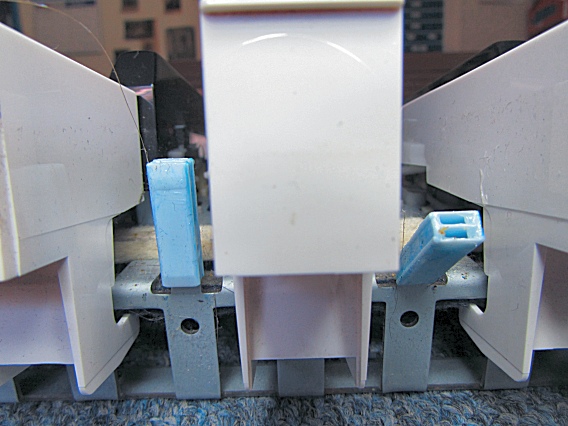
|
|---|---|
|
To straighten a bent guide, first slide the nylon bumper off the metal tab, as seen here. |
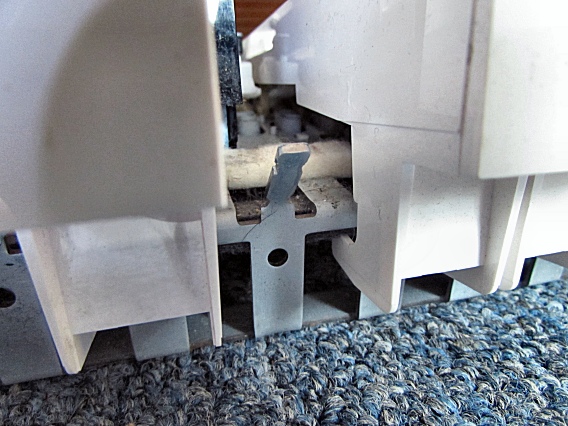
|
|
Then, you can use a needle nose pliers to slowly bend the metal tab back to its vertical position. To avoid breakage, don't bend the metal suddenly. Bend it slowly, a little at a time, with short rests in between. |
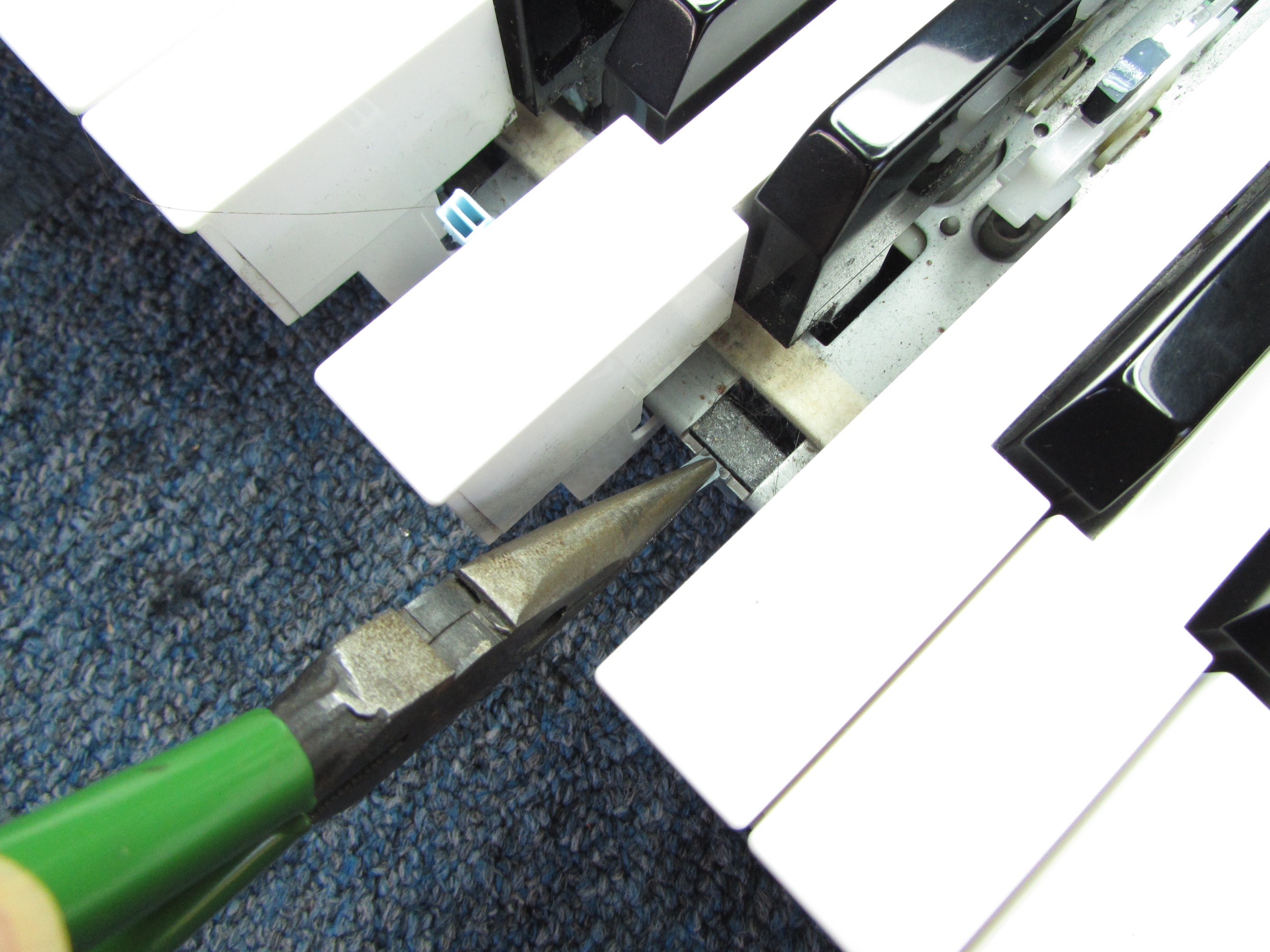
|
|
If there are key contacts that need cleaning, you'll have to remove one or both of the Key-Contact PCBs. Each PCB is fastened down by screws that also attach a center support rail to the keybed. This photo shows one of the support rails removed. |
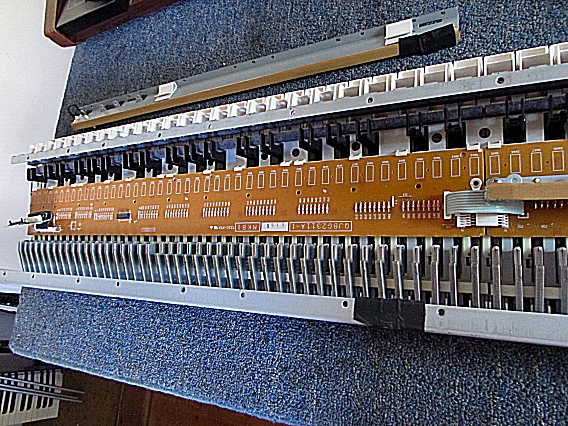
|
|
Nylon PCB clips hold down the front edge of each Key Contact board. And nylon pips ensure proper board alignment during reinstallation. |
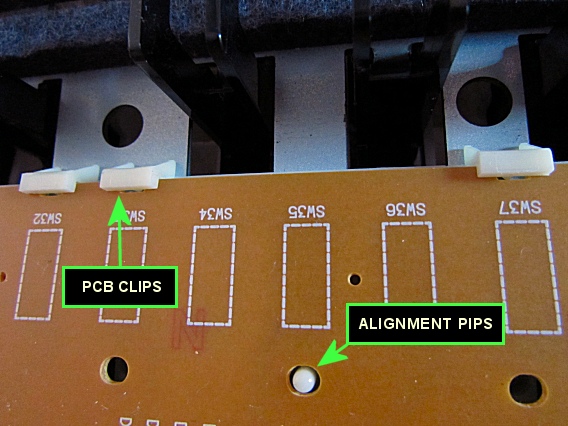
|
|
After removing the Key-Contact board, you can take out and clean the rubber contact strips. The following Repair Stories illustrate contact strip removal and cleaning in detail:
Roland D-50 Repair Story
For a look at the SV-1 key hammers and felt strips, check out our Korg Kronos Repair Story. The Kronos, the SV-1 and the D50-88 all use the "RH-3" keybed. |

|
| Korg® SV1 | ||
|---|---|---|
|
Last Page < |
Page Top ∧ |
Next Page > |
|
|
|
|
|
Page design and content Copyright © Richard Diemer - All rights reserved |